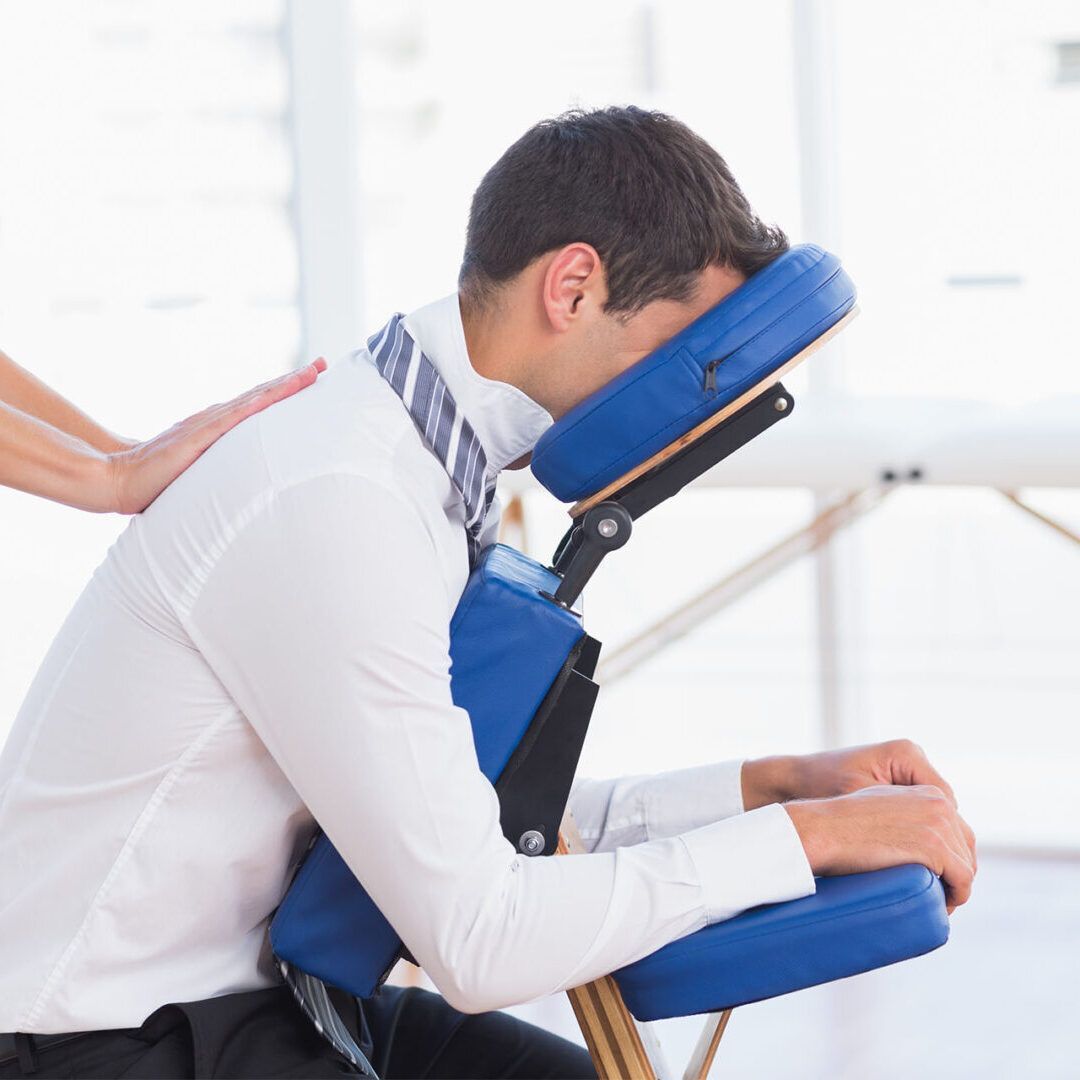Most frequent questions about massage
- What is massage therapy?
Massage therapy is a hands-on treatment that involves manipulating soft tissues in the body to promote healing, relaxation, and well-being. It can involve a range of techniques, such as kneading, stroking, pressing, and stretching, the manipulation of soft tissues in the body, such as muscles, tendons, and ligaments, to improve physical function, relieve pain, and promote relaxation.
2. What are the benefits of massage therapy?
Massage therapy can have a range of benefits, including reducing muscle tension, improving circulation, promoting relaxation, reducing stress and anxiety, alleviating pain, and improving range of motion, and overall physical function.
3. What types of massage therapy are there?
There are many types of massage therapy, including Swedish massage, deep tissue massage, sports massage, hot stone massage, prenatal/pregnancy/baby massage, aromatherapy massage, therapeutical massage, and many others. Each type of massage has its own unique techniques and benefits. Always discuss your treatment needs with the therapist before the treatment.
4. Is massage therapy safe?
Massage therapy is generally considered safe, but there are some situations where it may not be appropriate. It is important to inform your massage therapist of any medical conditions or injuries you may have so that they can adjust their technique accordingly. For example, if you have a fever, an infectious disease, or a serious medical condition, you should consult with your healthcare provider before getting a massage.
5. What should I expect during a massage therapy session?
During a massage therapy session, you will typically lie down on a massage table while the therapist works on different parts of your body using various techniques. You may be asked to undress to your comfort level/according to type of massage, and the therapist will use draping to ensure your privacy. If you choose a NO oil/ chair massage then you should wear comfortable, loose-fitting clothing that allows you to move freely. Some people choose to wear athletic clothing, while others prefer to wear a robe. Always let your therapist know if you have any questions or remarks even during the treatment, so they can make the appropriate adjustments to ensure a pleasant/beneficial experience! It is OK to stop a therapist if the treatment does not feel good or you consider was a wrong fit for you, please don’t hesitate talking with the therapist, is always a learning opportunity for everyone involved!
6. How often should I get a massage?
The frequency of massage therapy will depend on your individual needs and goals. Some people may benefit from getting a massage once a week, while others may only need one once a month or less. Have a conversation with your therapist about your lifestyle and goals and then you can come up with a personalized plan.
7. How long does a massage therapy session last?
The length of a massage therapy session can vary, but a typical session may last between 30 minutes and 90 minutes. The length of the session will depend on the type of massage, the therapist's approach, and your individual needs and experience with massages.
8. How much does a massage therapy session cost?
The cost of a massage therapy session can vary depending on the location, the type/length of massage, and the therapist's experience. Always ask for information, eventual extra charges, payment methods and cancellation policies to avoid any misunderstandings.
9. Do I need to tip my massage therapist?
Tipping is not required, but it is appreciated. A typical tip for a massage therapist is 10-20% of the cost of the session, but of course is up to you.
10. How do I find a qualified massage therapist?
You can find a qualified massage therapist by asking for referrals from friends or healthcare providers, searching online directories, or contacting professional massage therapy associations in your area/internationally. It is important to choose a therapist who is insured, licensed, or certified and has experience working with your specific needs.
11. Does insurance cover massage therapy?
Some health insurance plans may cover massage therapy if it is deemed medically necessary. However, it is important to check with your insurance provider to determine whether or not massage therapy is covered under your plan and if yes, which therapists are included in the list of the insurance company.












